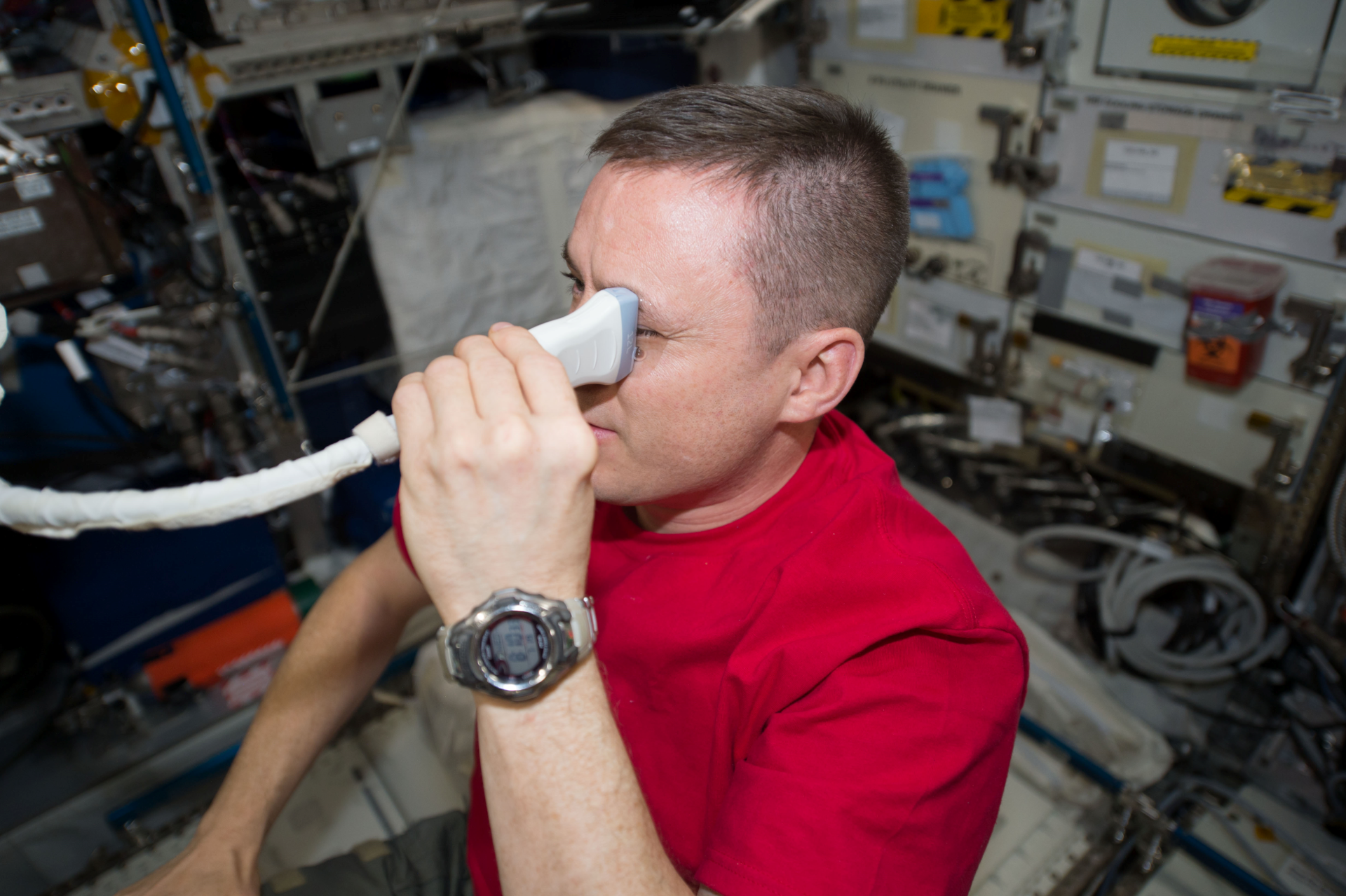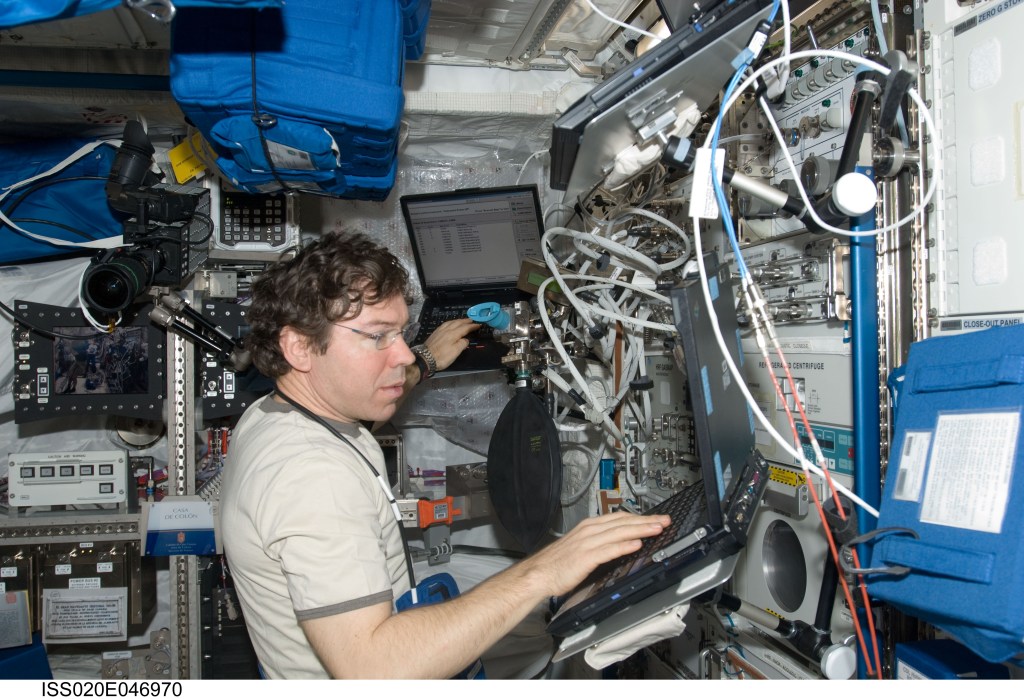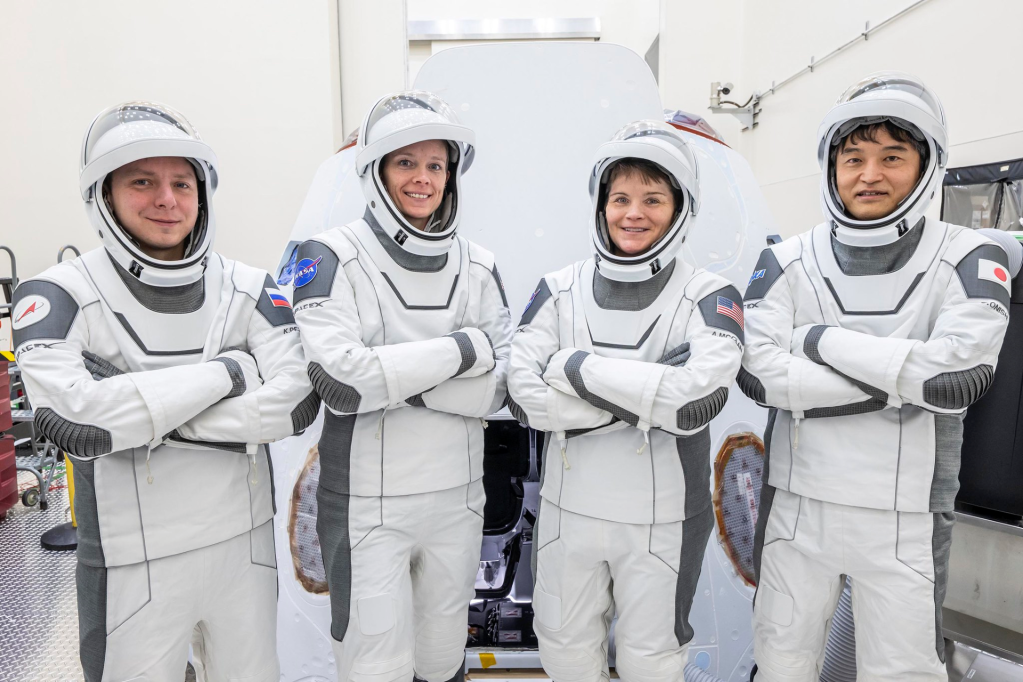Spinal Fluid Biomarkers
Description
This study aims to identify biomarkers in the spinal fluid of astronauts that may suggest that their brains and eyes have changed. These changes are collectively called spaceflight associated neuro-ocular syndrome. Scientists hypothesize the condition can arise in a weightless environment when spinal fluid moves toward the head. Analyzing spinal fluid retrieved from astronauts shortly after landing and months later could help researchers pinpoint biomarkers linked to the syndrome. Scientists will also compare the results of the study with data gathered from other investigations, including head, eye, and blood pressure measurements as well as eye and brain structural changes, to look for any other signs of the condition’s onset.
Impact
The data from this work may help researchers more quickly identify eye and brain alterations related to spaceflight associated neuro-ocular syndrome. With this information, researchers can track the progression of these changes and potentially develop new monitoring, treatment, and prevention strategies.
Type of study: Flight
Formal project title: Markers of Vascular Risks Associated with Spaceflight Associated Neuro-ocular Syndrome































